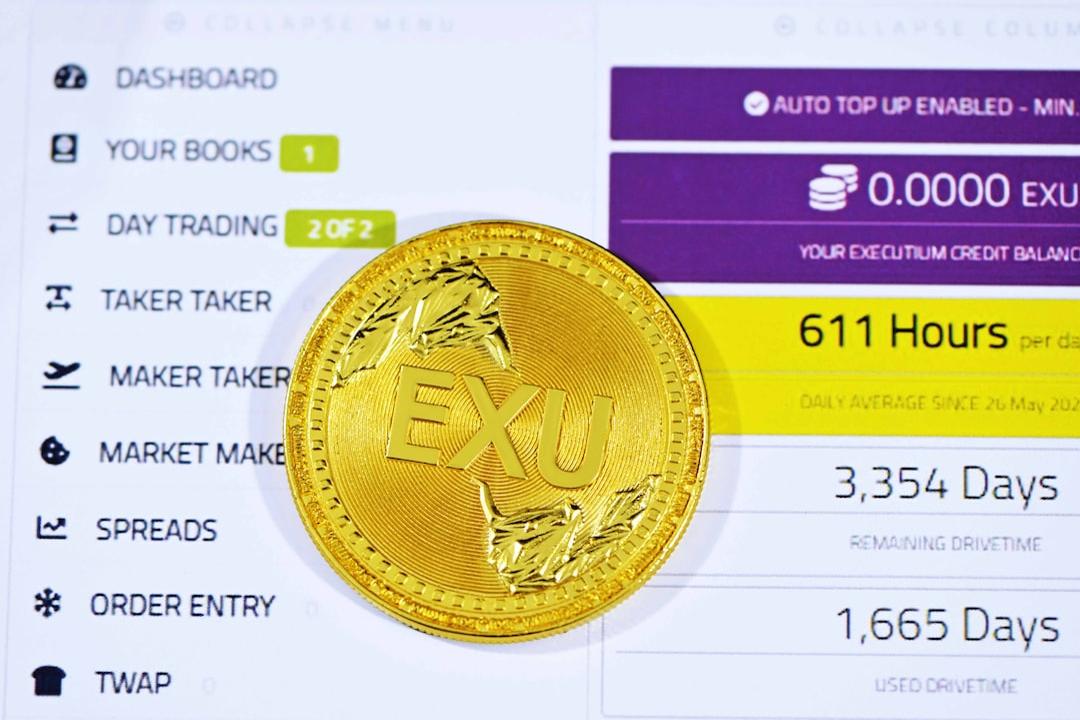Crypto analyst Benjamin Cowen highlights that Ethereum’s recent price movements bear remarkable similarities to past trends.
He points out a striking parallel to the cycle from 2019, explaining the reasons behind this resemblance and its potential implications for market participants. Cowen notes that prolonged quantitative tightening policies have impacted Ethereum’s momentum, emphasizing that the timing of these policies plays a critical role. Recently, Ethereum

$1,552 has surged by 12% in the last 24 hours, reaching a price of $1,652.
Cowen: Cyclical Structure Similar, Timing Different
According to Cowen’s analysis, Ethereum’s current price actions remind him of its trajectory in 2019. However, this time, there are significant differences in timing. Cowen attributes these discrepancies to the prolonged nature of the quantitative tightening policies imposed by the US Federal Reserve, which have lasted longer compared to previous cycles. Recalling that the previous cycle’s quantitative tightening ended before the Ethereum halving, Cowen notes that despite being in the midst of the post-halving period now, this monetary contraction is still ongoing. He argues that this situation extends Ethereum’s recovery process while bringing uncertainties for participants. Cowen’s insights indicate that cyclical analyses remain a robust tool for understanding market dynamics.
QT Policy and Its Effects on Investor Psychology
Quantitative tightening (QT) is part of central banks’ efforts to control inflation by reducing the money supply in the market. Major central banks, like the Federal Reserve, implement this policy by decreasing their holdings of bonds and securities. Such measures reduce market liquidity and can dampen the appetite for riskier assets. Documents from a Federal Open Market Committee meeting in January indicate that the QT policy may continue until mid-2025. This situation could have a direct impact on the price trends of volatile cryptocurrencies like Ethereum, which are sensitive to investor sentiment. According to Cowen, the prolonged QT process may slow the market’s recovery and lead investors to adopt a more cautious approach in their decision-making.

